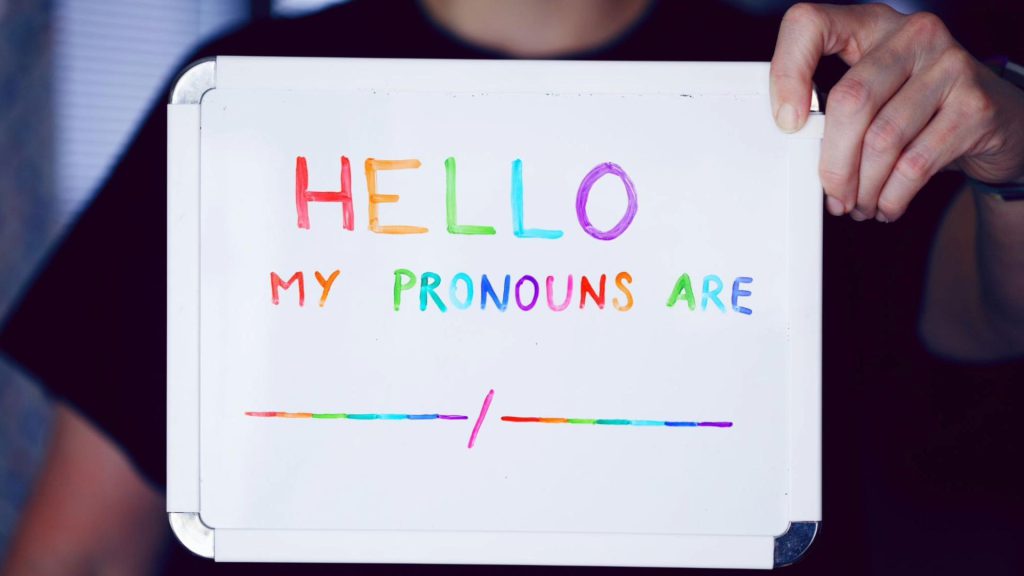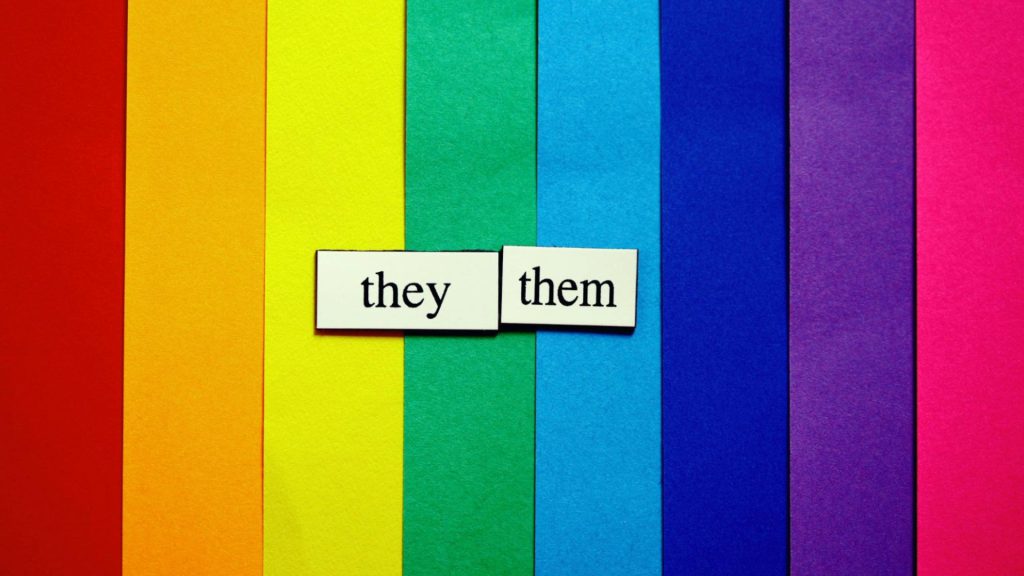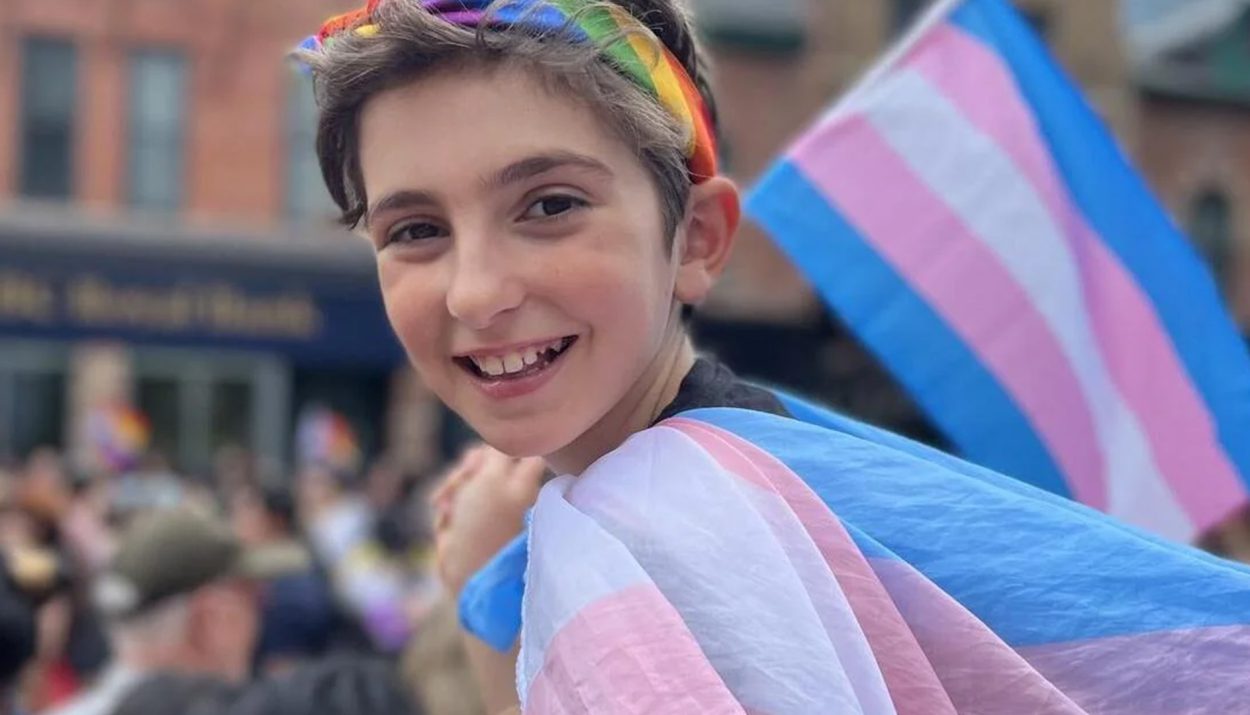A study that was done over the course of 15 years in the Netherlands gives a new perspective on how children’s understanding of their gender identity evolves as they grow. The findings may come as a surprise to some, suggesting that most kids grow out of gender confusion by the time they become fully grown adults.
2,700 Participants
The study tracked over 2,700 participants from the age of 11 until they were in their mid-twenties, providing a unique perspective on how feelings of gender confusion can develop and evolve.

The study was published in Archives of Sexual Behavior, and the findings challenge some common beliefs about how fixed a child’s gender identity may or may not be.
Teenage Years
The study further investigated the trajectory of how these feelings about gender confusion over time. Intriguingly, researchers discovered that the majority of these participants generally grew out of these sentiments. Only 4% of the participants reported occasionally feeling discontent with their assigned gender by their mid-twenties.

This notable decrease from the initial 11% underscores the possibility that gender identity can be a fluid concept, and young people may find a comfortable sense of self as they mature.
Gender
When the study started approximately 11% of the participants reported feeling some degree of “gender non-contentedness,”

This suggested that a significant portion of young teens were questioning their gender identity.
Gender-Affirming Care
The study’s findings add another layer to ongoing discussions about gender-affirming healthcare,

especially when discussing treatments like puberty blockers and gender reassignment surgery for minors.
Teenage Doubts
The researchers who conducted this extensive study believe their findings can assist teenagers in understanding that questioning their gender identity during adolescence is natural,

Maybe help them feel less conflicted about the matter.
Rushing Gender Transition
A researcher unaffiliated with the study, Patrick Brown, cited his skepticism towards children and teens rushing into gender transition.

Hey notes that the study’s findings show that feelings of gender confusion often decrease over time.
Surge In Transgender Youth
This comes during a time with the United States is seeing an uptick in transgender youth seeking gender-affirming medications,

With some opponents contending that doctors and parents aren’t encouraging enough self-exploration.
Transition
Brown proposes that for many individuals, opting for immediate medical interventions, such as hormone therapy or surgery can come with regrets later. He suggests that teenagers be encouraged to engage with self exploration, especially because they are still figuring out the world and their place in it.

Brown even goes so far as to say that policies that restrict gender transition for minors seem appropriate based on this new data.
Advantages And Limitations
This 15-year research project is one of the most thorough investigations ever done on childhood identity. However, the researchers acknowledge some limitations.

First and foremost the study was made up of a mixed group, participants from the general population along with those receiving mental healthcare (not necessarily for gender related reasons). This means the results might not directly reflect the experiences of children clinically diagnosed with gender dysphoria.
Over Time
The research team that came from the University of Groningen, analyzed data from 2,770 participants in the Tracking Adolescents Individual Lives Survey.

Over the course of 15 years, subjects were asked about how they felt about their gender identity on six different occasions.
One Question
They responded to a question about whether they wished to be of the opposite sex using a multiple-choice scale: 0 (Not True), 1 (Somewhat or Sometimes True), and 2 (Very True or Often True).

This was repeated every two to three years throughout the study.
Changing Views
The researchers aimed to gain a better understanding of how a person feels about their gender identity and how it may change over time.

They specifically investigated a concept called “gender non-contentedness,” which means feeling dissatisfied with the gender a person was assigned at birth.
The Difference
The study also indicated a gender difference.

Females were more likely to report experiencing gender non-contentedness.
Consistency
The study found that for most participants, their feelings about their gender identity remained stable throughout the study (around 78%). Oddly, for some, approximately 19%, their comfort level with their assigned gender generally got better over time.

There was however a smaller group, 2%, who reported feeling less comfortable with their gender identity as they got older.
Well-Being
The researchers also noted a connection, people who reported a fluctuation with their feeling about gender non-contentedness, whether increasing or decreasing over time,

Were also prone to having lower self-esteem, experienced increased behavioral problems, and also struggled with their emotions.
Definitions
It’s important to cite this research on “gender non-contentedness,” which is distinctly different from gender dysphoria. Gender dysphoria is a clinical diagnosis made by a healthcare professional and signifies a more persistent disconnect between a person’s gender identity and their assigned sex at birth.

It is worth noting that separate data shows that rates of diagnosed gender dysphoria in the United States have actually been going up across all states except one, with the average age of diagnosis getting younger.
Identity In Adolescents
Patrick Brown commented on the findings, he noted that adolescence is a time that is known for being confusing for everyone, with puberty throwing a mix of hormones, physical changes, and social as teenagers.

He said it is not surprising that being dissatisfied with one’s body, including gender identity, might be highest during this time.
Insights
Overall, the study indicates that questioning one’s gender identity is somewhat common during adolescence, but for most people, these feelings tend to reduce with age.

However, the findings also underscore a link between gender non-contentedness and mental health, suggesting a need for additional support for those who experience it.






